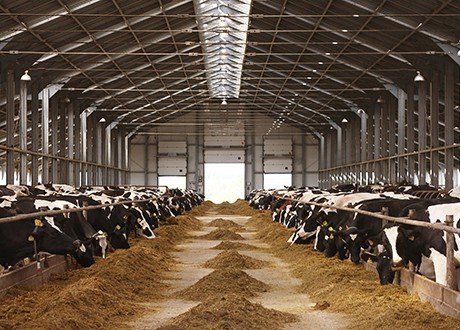The tie-up aims to develop new FHB-resistant wheat varieties
The CGIAR Research Program on Wheat (WHEAT), led by the International Maize and Wheat Improvement Centre (CIMMYT) and the International Centre for Agriculture in the Dry Areas (ICARDA), recently announced a partnership with the Jiangsu Academy of Agricultural Sciences (JAAS) in China to open a new screening facility for the deadly and fast-spreading fungal wheat disease Fusarium head blight, or FHB.
The new facility, based near the JAAS headquarters in Nanjing, aims to capitalize on CIMMYT’s world-class collection of disease-resistant wheat materials and the diversity of the more than 150,000 wheat germplasm in its Wheat Germplasm Bank to identify and characterize genetics of sources of resistance to FHB and, ultimately, develop new FHB-resistant wheat varieties that can be sown in vulnerable areas around the world.
“The participation of JAAS in the global FHB breeding network will significantly contribute to the development of elite germplasm with good FHB resistance,” said Pawan Singh, head of wheat pathology for CIMMYT.
“We expect that in 5 to 7 years, promising lines with FHB resistance will be available for deployment by both CIMMYT and China to vulnerable farmers, thanks to this new station.”
Fusarium head blight is one of the most dangerous wheat diseases. It can cause up to 50% yield loss and produce severe mycotoxin contamination in food and feed, which affects farmers in the form of increased health care and veterinary care costs, and reduced livestock production.
Even consuming low to moderate amounts of Fusarium mycotoxins may impair intestinal health, immune function and fitness. Deoxynivalenol (DON), a mycotoxin the fungus inducing FHB produces, has been linked to symptoms including nausea, vomiting, and diarrhea. In livestock, Fusariummycotoxin consumption exacerbates infections with parasites, bacteria and viruses — such as occidiosis in poultry, salmonellosis in pigs and mice, colibacillosis in pigs, necrotic enteritis in poultry and swine respiratory disease.
In China, the world’s largest wheat producer, Fusarium head blight is the most important biotic constraint to production.
The disease is extending quickly beyond its traditionally vulnerable wheat growing areas in East Asia, North America, the southern cone of South America, Europe and South Africa — partly as a result of global warming, and partly due to otherwise beneficial, soil-conserving farming practices such as wheat-maize rotation and reduced tillage.
“Through CIMMYT’s connections with national agricultural research systems in developing countries, we can create a global impact for JAAS research, reaching the countries that are expected to be affected the expansion of FHB epidemic area,” said Xu Zhang, head of Triticeae crops research group at the Institute of Food Crops of the Jiangsu Academy of Agricultural Sciences.
The new collaborative effort will target Fusarium head blight research but could potentially expand to research on other wheat diseases as well. Wheat blast, for example, is a devastating disease that spread from South America to Bangladesh in 2016. Considering the geographical closeness of Bangladesh and China, a collaboration with CIMMYT, as one of the leading institutes working on wheat blast, could have a strong impact.
Currently, JAAS and CIMMYT are working on Fusarium head blight under a project funded by the National Natural Science Foundation of China called “Elite and Durable Resistance to Wheat Fusarium Head Blight” that aims to deploy resistance genes/QTL in Chinese and CIMMYT germplasm and for use in wheat breeding.
The tie-up aims to develop new FHB-resistant














